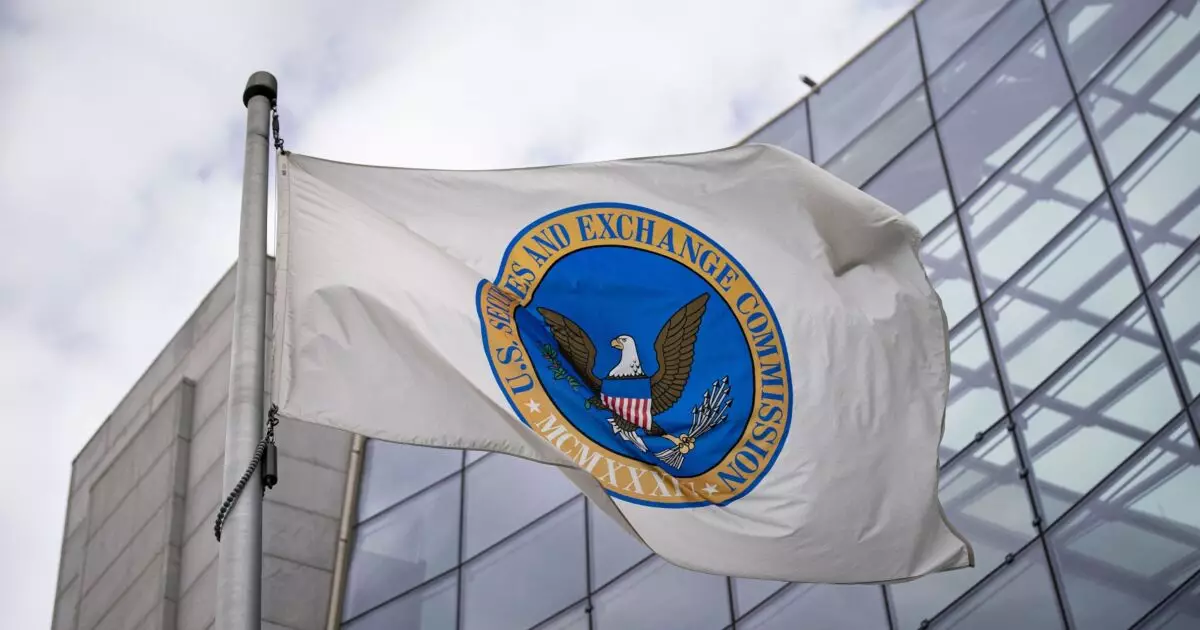The recent developments surrounding the American Securities Association (ASA) and its ongoing legal battle with the Securities and Exchange Commission (SEC) expose a significant clash within the structure of financial regulation in the United States. As a nonprofit trade association, the ASA is advocating for its stance against what they deem an unconstitutional regulation arising from the Municipal Securities Rulemaking Board (MSRB). This case is emblematic of a broader issue: the friction between regulatory bodies and the businesses they govern.
The U.S. Court of Appeals for the Eleventh Circuit, in its decision to delay proceedings until mid-August, raises several eyebrows. When ASA originally opposed the SEC’s motion for a stay, it demonstrated their vigorous commitment to contesting regulations perceived as overreaching. However, a sudden shift to non-opposition indicates either strategic recalibration on the ASA’s part or an acknowledgment of the SEC’s transparency regarding the MSRB’s decision to reconsider the controversial rule implementation.
The Implications of Regulatory Uncertainty
What stands out in this legal tussle is the looming atmosphere of ambiguity that envelops the world of municipal securities. The SEC’s announcement that the MSRB will withhold the implementation of new rules adds another layer of uncertainty for broker-dealers operating in this space. This indecisiveness could stifle the very progress the regulatory bodies claim to aim for, leading to an environment where compliance becomes more challenging and less predictable.
Furthermore, the ASA’s assertion that the MSRB’s structure is unconstitutional begs deeper reflection on the governance of regulatory bodies. The existence of unelected officials wielding significant power over financial markets should be a serious concern. The regulatory framework must prioritize accountability and transparency; otherwise, it risks alienating the very stakeholders it aims to protect.
The Broader Economic Context
In a macroeconomic environment where inflationary pressures and market volatility are prevalent, businesses require certainty and clear guidelines to navigate their operational landscape. The ASA’s case underscores a larger narrative: the dance between regulation and market health. While the intent behind regulatory changes might be well-meaning, the actual outcomes can differ dramatically.
As financial markets are not merely playgrounds for traders but foundational pillars of the economy, decisions made by organizations such as the MSRB should reflect a careful balance between safeguarding investors and facilitating an ecosystem where businesses can thrive. The legal machinations now unfolding serve as a wake-up call to re-examine the motivations and efficiency of regulatory bodies.
Assessing Stakeholders’ Positions
The SEC’s dual role as both regulator and protector raises questions about their approach to stakeholder feedback, specifically from organizations like the ASA. It is somewhat ironic that while aiming to enhance market practices, they may inadvertently hinder them through the complexity of their proposed rules. Each stakeholder in this scenario, from the ASA to the SEC, must be held to a standard that encourages open dialogue and constructive feedback mechanisms.
As the ASA continues to challenge the status quo, the hopeful outcome would be a revision of flawed rules rather than a stagnation of progress. This necessitates not just legal action but a collaborative effort to create a regulatory framework that is equitable, transparent, and adaptable in the face of a rapidly advancing financial landscape.

